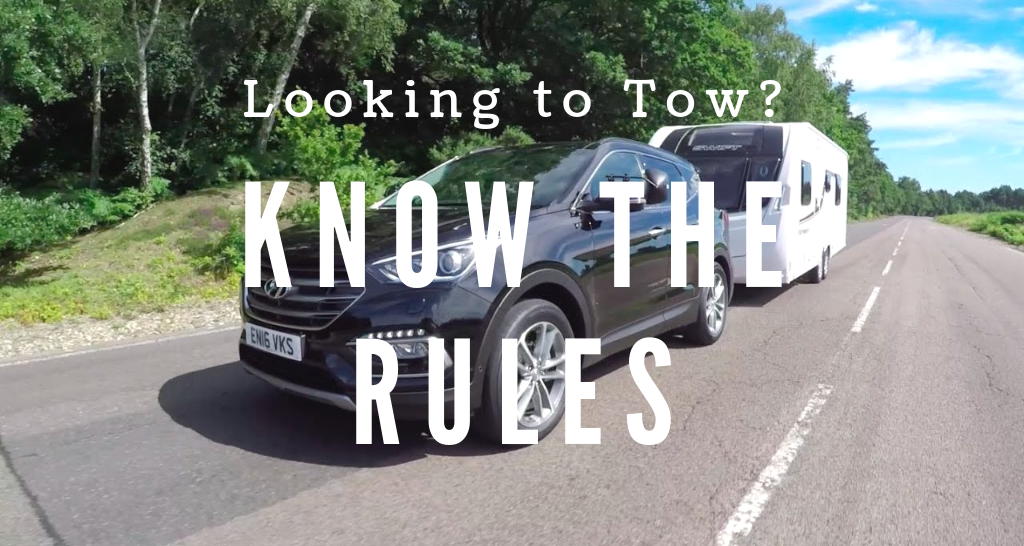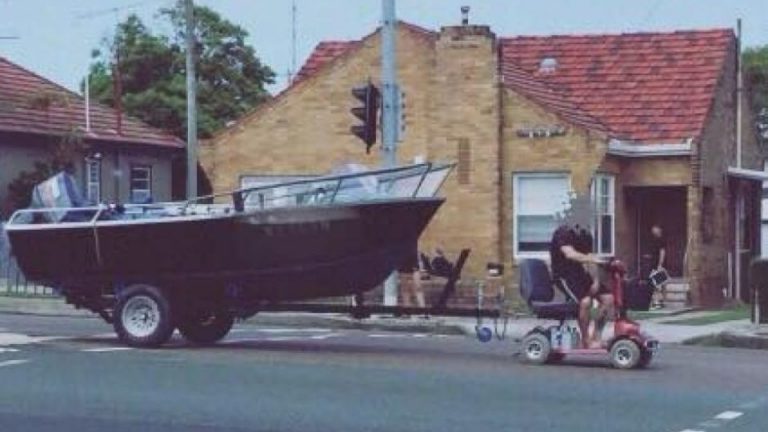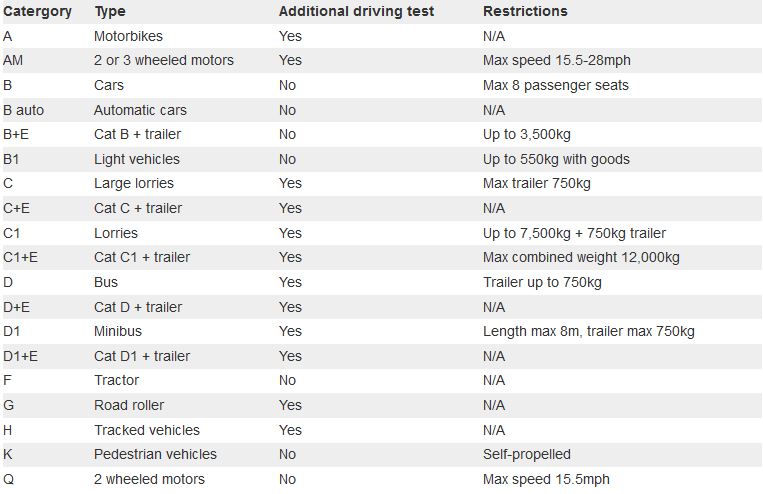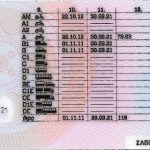
If you’re thinking of buying a vehicle for the use of a trailer, it’s important you get one that is capable of towing your trailer and its load. If you don’t, you are not only putting yourself at risk – you will also be a risk to other road users – additonally you are breaking the law. This means if you do have an accident, your insurance won’t be valid.
At Lider Trailers and also our other counterparts such as Redcap Garage, North West Trailer Servicing and Blackburn Trailer Hire we take road safety very seriously, so we have compiled a comprehensive page full of tips, guides and downloads to ensure you are fully road safe and legal.
Seperating fact from fiction
Working out what your car can tow can be very confusing. There is so much information on the web – much of which is conflicting.
The total weight of your trailer must not weigh more than the car’s maximum towing capacity (MTC).
Contrary to popular belief, you do not need to take the trailer’s maximum authorised mass (MAM) into consideration – unless you passed your test after 1 January 1997 (more on this later). It is the actual weight of your trailer that needs to be taken into account.
So, if your trailer weighs 700kg and your contents weigh 500kg, the actual weight is 1200kg. This is the weight your car needs to be capable of towing. Even if your trailer’s MAM is 2000kg, it is irrelevant, unless you plan on towing that weight.
“You can’t be penalised for towing something that could potentially go over your car’s maximum towing weight,” said a DVLA spokesperson. “It would be like fining someone for doing 30mph in a 50mph zone – because they could potentially go over the speed limit. If you are within the limits you are legal.”
When working out if your car can tow your trailer need to know:
- The weight of contents you intend to tow
- The unladen weight of your trailer
- The towing vehicle’s MTC
The combined weight of 1 and 2 must not exceed number 3.

What your vehicle can tow
To find the MTC of your vehicle look in its handbook – there are usually two maximum towing weights: a braked trailer weight and an unbraked one.
Alternatively, you can look at the Vehicle Identification Number (VIN) plate, which is usually under the bonnet or on a door pillar. It will have the following set of weights:
- The gross vehicle weight (GVW) or MAM of the vehicle including driver/passengers, goods and fuel.
- The gross train weight (GTW), which is the combined MAM of both vehicle and trailer.
- Maximum axle loads on the front and rear.
To work out the manufacturer’s recommended maximum towing capacity subtract the GVW (1) from its GTW (2). So if your car’s GVW is 2590kg and its GTW is 4590kg, it has a maximum towing capacity of 2000kg.
What you can tow
The rules on what you can tow depend on when you passed your driving test.
If you passed your driving test on or after 1 January 1997 this is when the MAM of your trailer is critical. You are legally allowed to:
- Drive a car or van up to 3,500kg maximum authorised mass (MAM) towing a trailer of up to 750kg MAM.
- Tow a trailer over 750kg MAM as long as the combined MAM of the trailer and towing vehicle is no more than 3,500kg.
If you want to tow or drive anything heavier you have to pass the B+E car and trailer driving test.
For anyone who had passed their driving test before 1 January 1997 are legally allowed to tow:
- A vehicle and trailer combination up to 8,250kg gross train weight (GTW).
- A minibus with a trailer over 750kg MAM.
You can always check on your lisence what you can legally tow. If you passed your test before January 1, 1997, then you’ll be able to drive a vehicle with a trailer over the usual combined limit of 3,500kg, so up to 8,250kg. If you passed your test after this date you’ll have to take an additional test to tow weights over 3,500kg.

Vehicle weights explained
Maximum towing capacity (MTC) or – the maximum weight a vehicle can tow safely and legally.
Unladen weight – weight of the vehicle when it’s not carrying any passengers, goods or other items. It doesn’t include the weight of the fuel or, if it’s an electric vehicle, the batteries.
Maximum authorised mass (MAM) – weight of a vehicle or trailer including the maximum load that can be carried safely when it’s being used on the road. This is also known as gross vehicle weight (GVW) or permissible maximum weight (PMW).
Gross train weight (GTW) – the total weight of the vehicle, plus trailer, plus load. Also called gross combination weight (GCW).
The NTTA
The NTTA (National Trailer and Towing Association) also have lots of useful links and guides to help anyone looking to further their knowledge.
NTTA - Safe and Legal Towing Guide
Click the download below for the PDF version of the NTTA’s Safe and Legal Towing guide. For more guides from the NTTA feel free to visit their website on https://ntta.co.uk/law/


